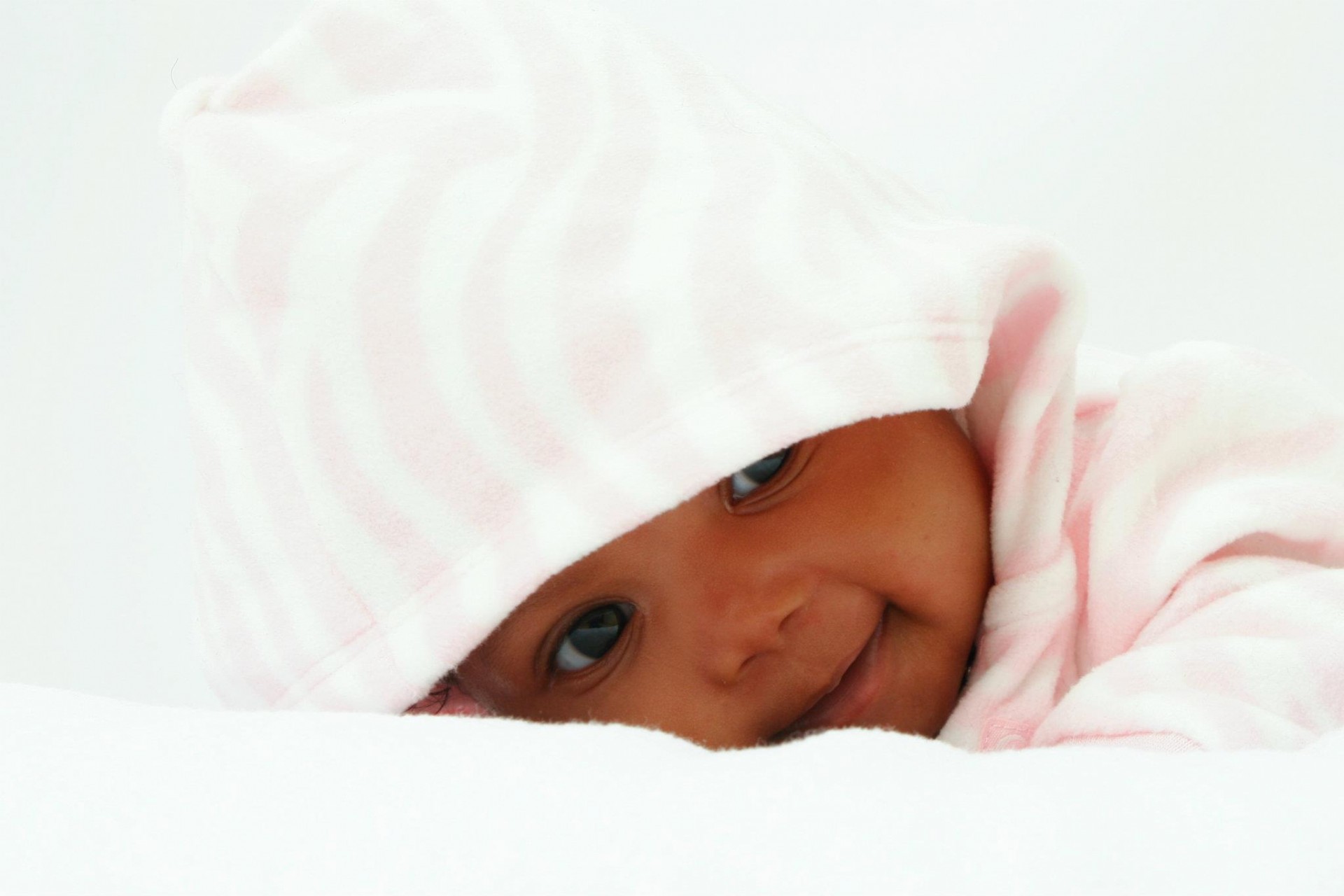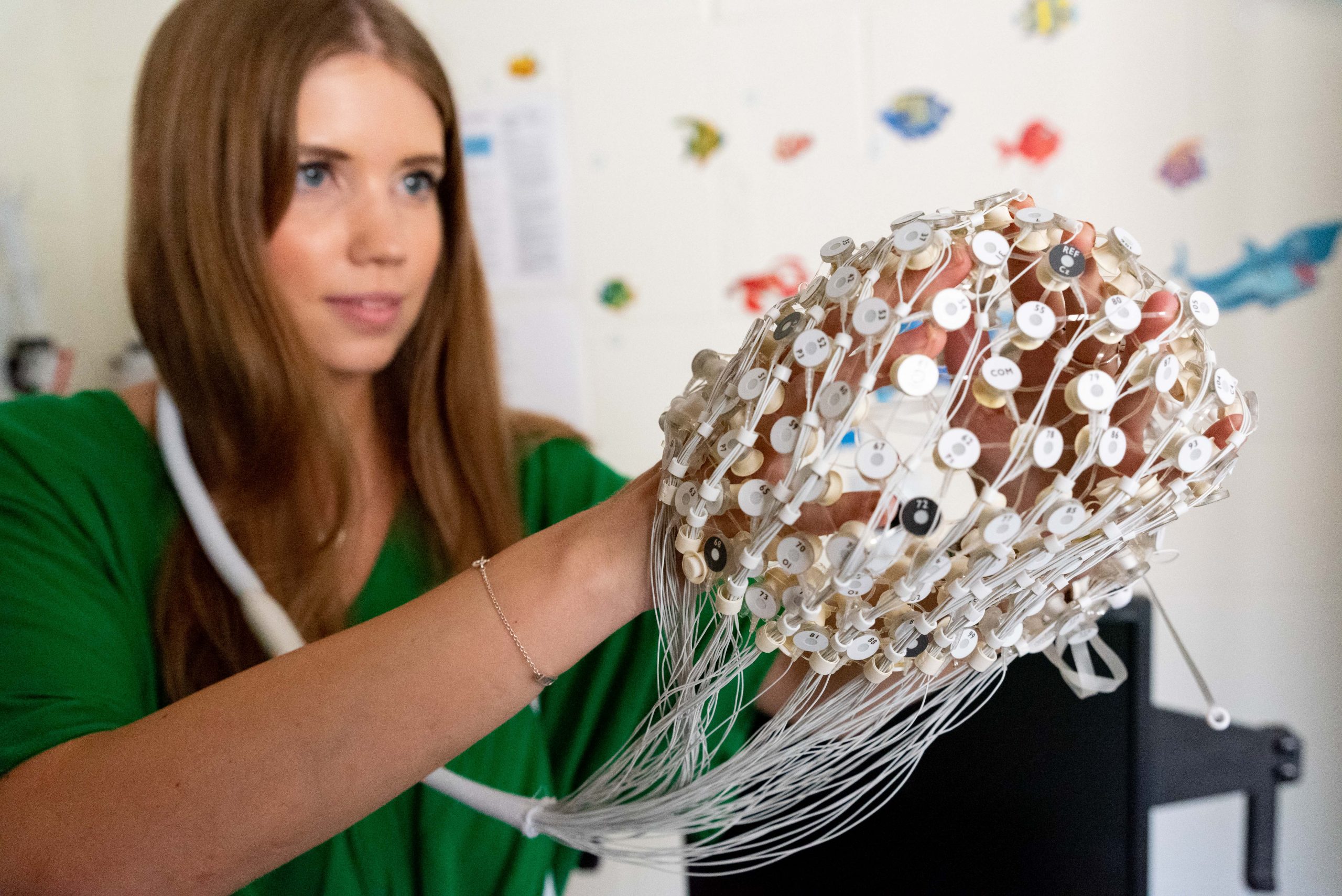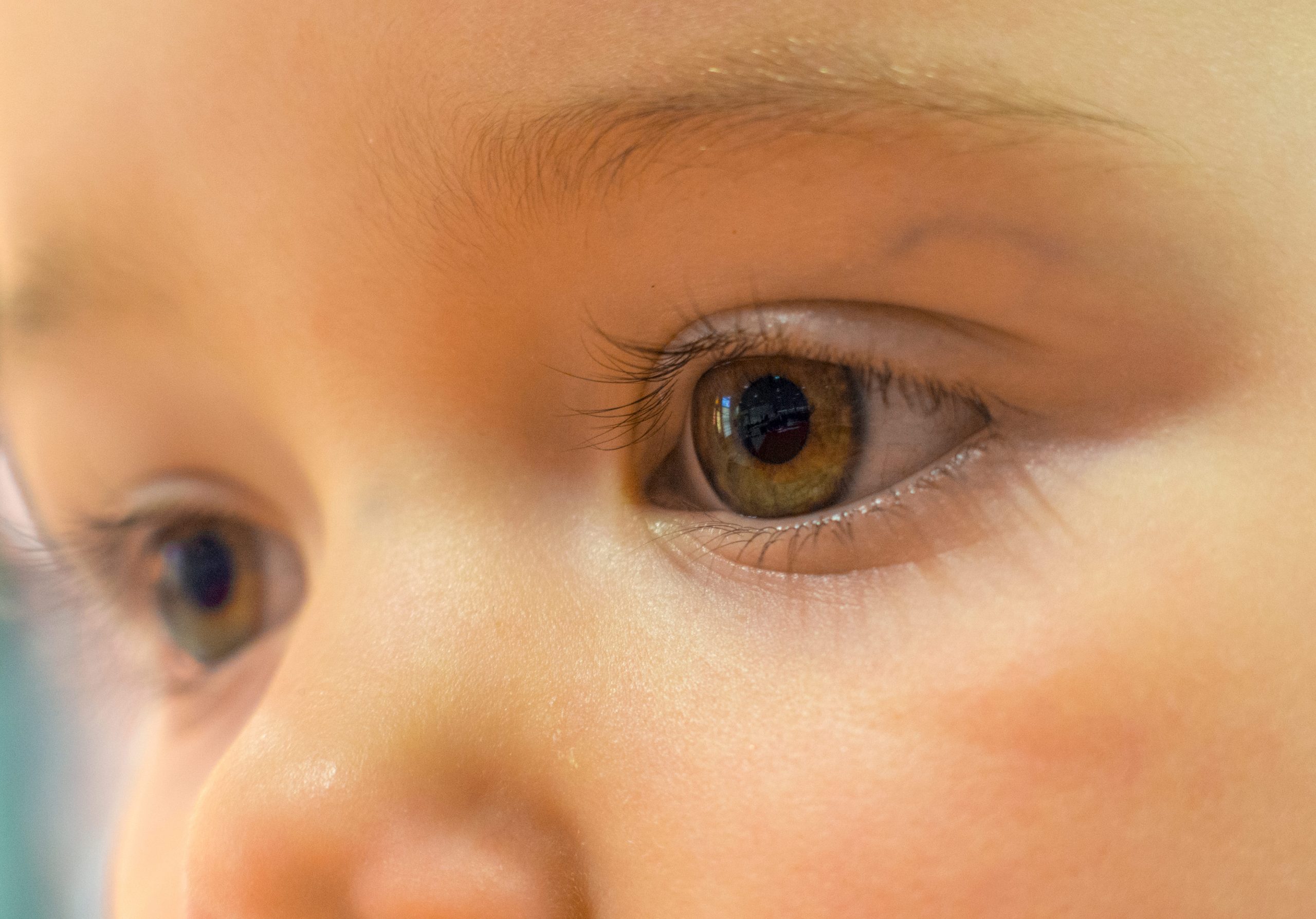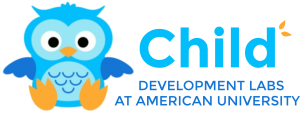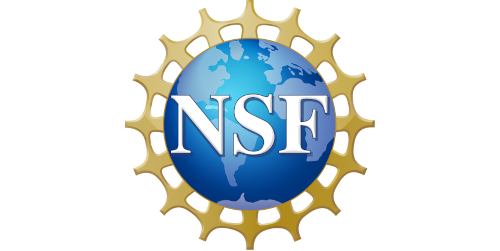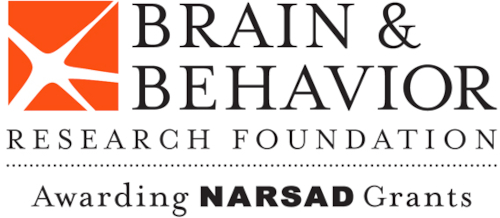Our current studies
Baby, Baby, What Do You See?
Are you the parent of a full-term baby between 12 and 15 months old? Our research team at American University is recruiting participants for the new “Baby Vision” study! In this study, your baby will look at pictures of everyday objects while we use non-invasive EEG (electroencephalography) and eye-tracking to gauge their response. Results from this study will help researchers understand how babies come to see and understand visual objects.
The study involves two visits, each of which will take between 1 and 2 hours. Families who participate may receive up to $100 dollars and two toys for their baby. Free parking and child care for siblings will also be provided.
To get more information, contact us at wonder@american.edu or fill out a brief online interest form. Thank you!
Baby see, baby do!
Are you the parent of a full-term newborn baby who is 6 weeks old or less? Participate in the new “Baby see, Baby do” study now from the comfort of your home – all you need is a computer with a webcam! This online study should take about 15 minutes to complete. Eligible families who participate will receive a $15 Amazon gift card. The study is conducted by a research team at American University using MIT’s online platform called Lookit. Results will help us understand how very young babies can learn from their parents.
This study is not currently enrolling new participants. Check back later!
Methods we use in the lab
Directions
We are located within the Asbury building, in the Department of Neuroscience at American University.
Google map: Asbury building, Washington DC
GPS coordinates: 38.937153,-77.090038
If you will be using public transportation: We are close to several bus stops including the M4, N2, N4, and N6. The closest Metro station is Tenleytown-AU on the Red line (20 minutes walk).
If you will be driving: Free parking is available to our participating families in a dedicated parking space in front of the Asbury building, or in the nearby Bender Arena parking lot. Call us when you’re close and one of our team members will meet you outside of the Asbury building by the parking lot with a parking permit.
